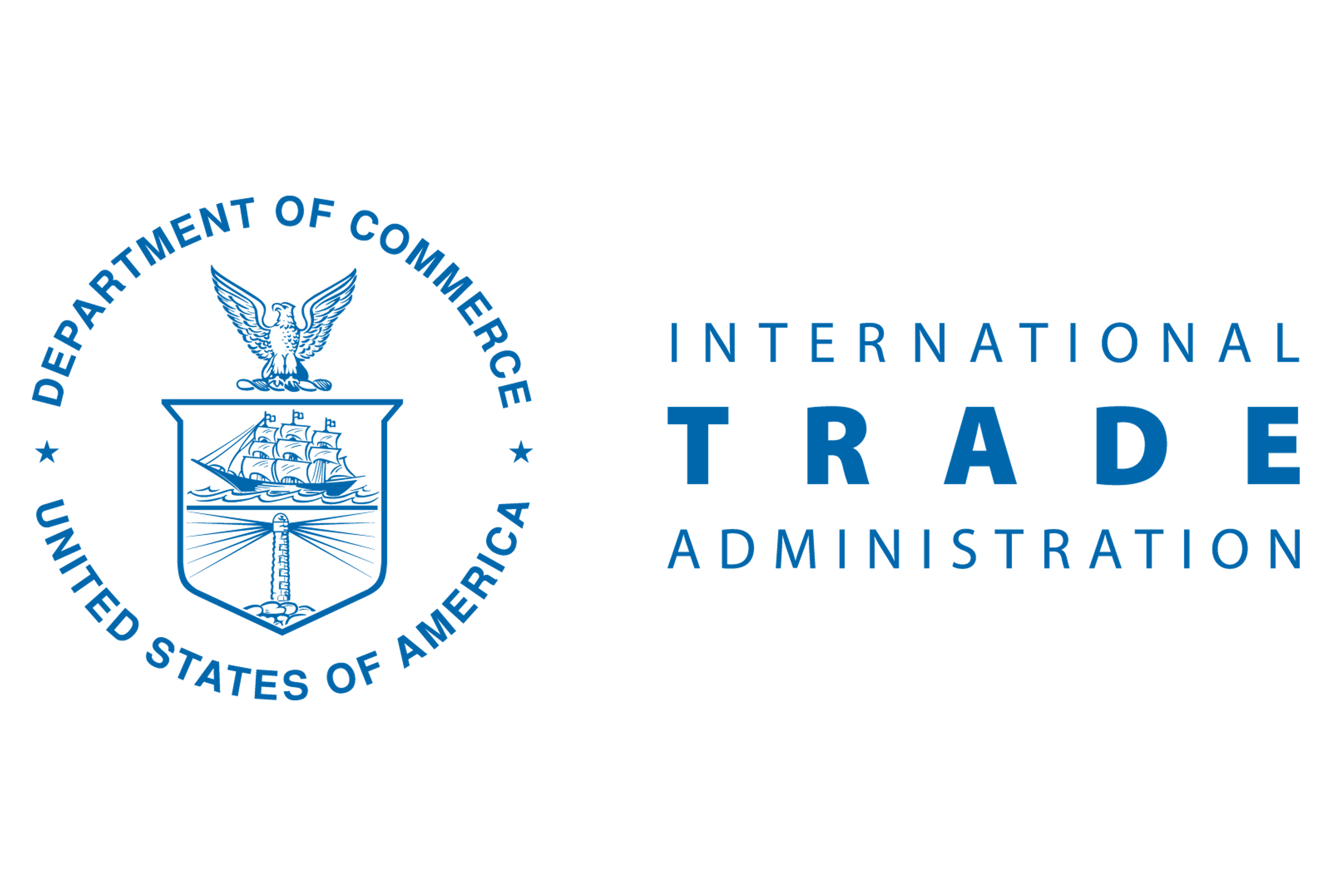Analysis
April 13, 2023
HRC Imports Remain Discounted Against Higher US Sheet Prices
Written by David Schollaert
Hot-rolled coil (HRC) imports remain attractive, even as US price gains have slowed, according to SMU’s latest foreign vs. domestic price analysis. And while domestic tags continue to inch higher, they remain well behind the targeted base price of $1,300 per ton ($65 per cwt) for HRC issued by Cleveland-Cliffs back on April 3.
![]() The price advantage domestic HRC had enjoyed over offshore material as recently as mid-February turned negative in a hurry in response to US mill tag hikes.
The price advantage domestic HRC had enjoyed over offshore material as recently as mid-February turned negative in a hurry in response to US mill tag hikes.
US HRC was less expensive than foreign hot band for 16 consecutive weeks. But that trend ended in late February as domestic HRC prices surged after repeated mill price hikes, and outpacing the rise seen for tags abroad.
Domestic hot band is now nearly 23% more expensive than foreign material. That premium is slightly higher than last week when domestic HRC was ~22% more costly than imported product, and is the widest percentage since Jan. 26, 2022.
US prices had been cheaper than foreign prices for the three regions we follow (Asia, Italy, and Germany) since the beginning of November after adding freight costs, trader margins, and applicable tariffs. That changed with US HRC prices rising $400 per ton since the beginning of February. But US prices are up just $15 per ton thus far in April.
Domestic HRC cost on average $18 per ton less than imported hot band as recently as Feb. 15. That has flipped, and US prices are now $262 per ton more expensive than offshore product.
SMU uses the following calculation to identify the theoretical spread between foreign HRC prices (delivered to US ports) and domestic HRC prices (FOB domestic mills): Our analysis compares the SMU US HRC weekly index to the CRU HRC weekly indices for Germany, Italy, and east and southeast Asian ports. This is only a theoretical calculation because costs to import can vary greatly, influencing the true market spread.
In consideration of freight costs, handling, and trader margin, we add $90 per ton to all foreign prices to provide an approximate CIF US ports price to compare to the SMU domestic HRC price. Buyers should use our $90-per-ton figure as a benchmark and adjust up or down based on their own shipping and handling costs. If you import steel and want to share your thoughts on these costs, we welcome your insight at david@steelmarketupdate.com.
Asian Hot-Rolled Coil (East and Southeast Asian Ports)
As of Thursday, April 13, the CRU Asian HRC price decreased by $9 per ton from a week ago to $585 per net ton ($645 per metric ton). This was down $41 per ton from levels one month prior. Adding a 25% tariff and $90 per ton in estimated import costs, the delivered price of Asian HRC to the US is $821 per ton. The latest SMU hot-rolled average is $1,160 per ton, up $5 per ton from our previous price update, and up $45 per ton compared to our price one month ago.
US-produced HRC is now theoretically $339 per ton more expensive than steel imported from Asia. This is a reversal from just two months ago, when domestic HRC had a $13-per-ton advantage over HRC from Asian markets.
Just a about three months ago, Asian HRC was $76 per ton more costly than US HRC. That was among some of the widest price gaps Asian HRC had over domestic product in recent years.
The widest price advantage for Asian hot band was recorded nearly 16 months ago: $847 per ton in September 2021.

Italian Hot-Rolled Coil
Italian HRC prices increased week on week (WoW) by $7 per net ton to $847 per ton ($934 per metric ton) this week, and are $73 per ton higher month on month (MoM). After adding import costs, the delivered price of Italian HRC is approximately $937 per ton.
Domestic HRC is now theoretically $223 per ton more expensive than imported Italian HRC. That spread is down $2 per ton WoW but still represents a nearly $235-per-ton reversal compared to six weeks ago when US HRC was $12 per ton cheaper than Italian product. As recently as Jan. 25, US HRC was in theory $52 per ton cheaper than imported Italian hot band.

German Hot-Rolled Coil
CRU’s latest German HRC price slipped by just $1 per ton WoW to $846 per net ton ($933 per metric ton) but is up $44 per ton MoM. After adding import costs, the delivered price of German HRC is roughly $936 per ton.
Domestic HRC is now theoretically $224 per ton more expensive than imported German HRC. That’s up $6 per ton WoW and a swing of $253 per ton given that German hot band was $29 per ton more costly than domestic HRC in mid-February.
US HRC had held a price advantage over German product for all but three weeks since late July.

Figure 4 compares all four price indices and highlights the effective date of the tariffs. The chart on the left shows historical variation from Jan. 1, 2021, through present. The chart on the right zooms in to highlight the recent decoupling of US and offshore HRC prices.

Notes: Freight is an important consideration in deciding whether to import foreign steel or buy from a domestic mill. Domestic prices are referenced as FOB the producing mill, while foreign prices are CIF the port (Houston, NOLA, Savannah, Los Angeles, Camden, etc.). Inland freight, from either a domestic mill or from the port, can dramatically impact the competitiveness of both domestic and foreign steel. It’s also important to factor in lead times. In most markets, domestic steel will deliver more quickly than foreign steel.
Effective Jan. 1, 2022, the traditional Section 232 tariff no longer applies to most imports from the European Union. it has been replaced by a tariff rate quota (TRQ). Therefore, the German and Italian price comparisons in this analysis no longer include a 25% tariff. SMU still includes the 25% Section 232 tariff on foreign prices from other countries. We do not include any antidumping (AD) or countervailing duties (CVD) in this analysis.
By David Schollaert, david@steelmarketupdate.com







